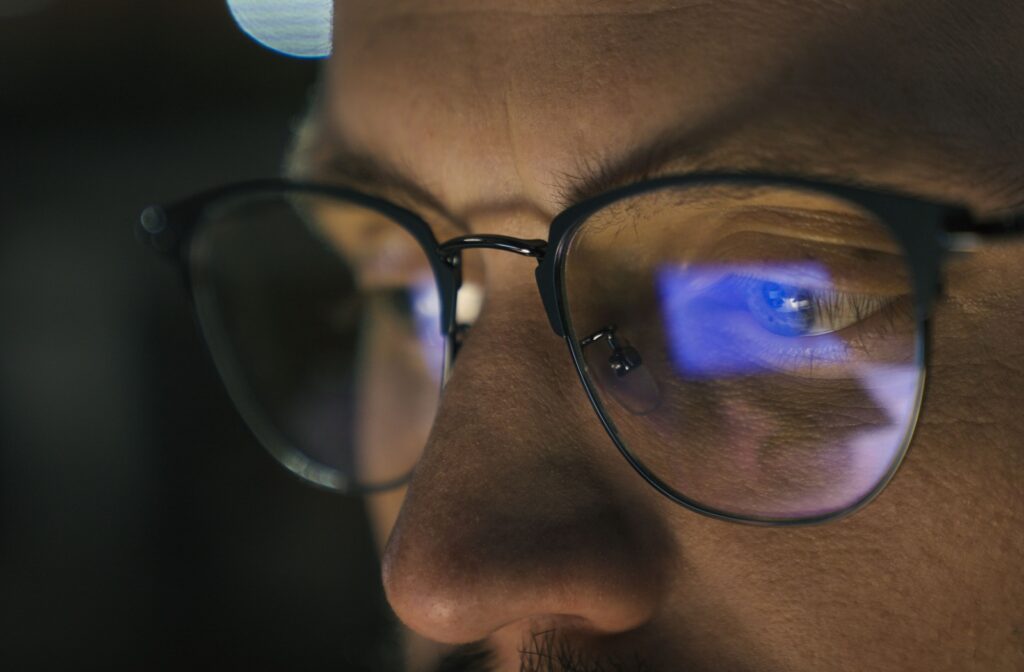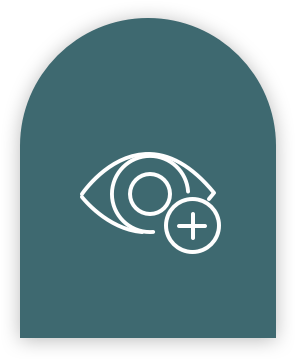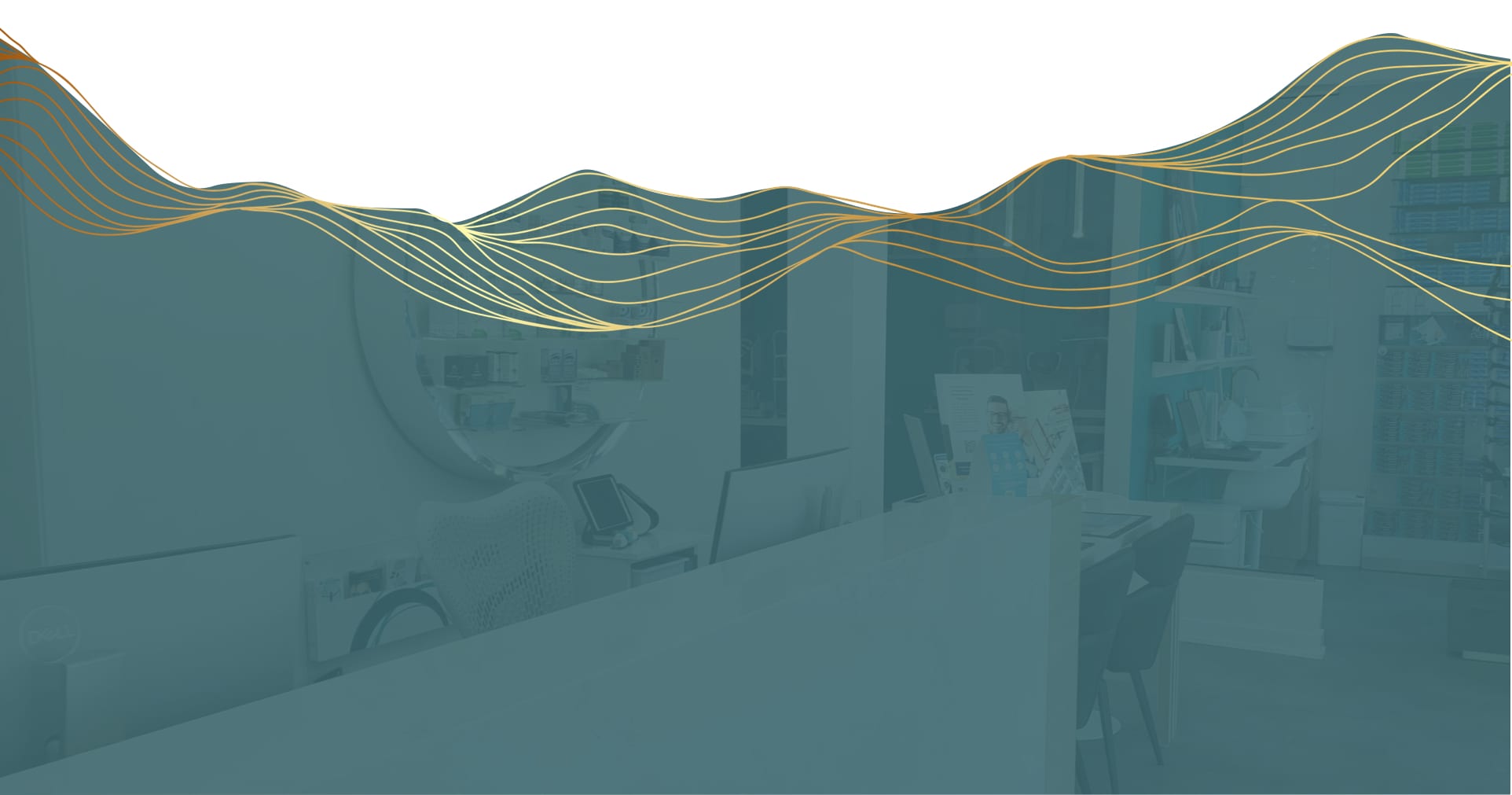Have you experienced blurry vision, watery eyes, or other uncomfortable sensations? You may have eye strain, and you’re not alone. Eye strain, especially digital eye strain, is a common but irritating experience in our modern world.
The duration of eye strain can vary. For some, it eases within an hour of resting the eyes, while for others, it may linger for days or even weeks. How long it lasts can depend on factors such as how frequently you take breaks and whether you have a refractive error, like nearsightedness, farsightedness, or astigmatism, or other underlying eye conditions.
You can take steps to prevent eye strain, from following the 20-20-20 rule to optimizing your workspace. Don’t forget to schedule regular eye exams. Your optometrist can also help you manage and reduce strain effectively.
What Is Eye Strain?
Also known as asthenopia or eye fatigue, eye strain is a condition that happens when you use your eyes too intensely. Activities associated with eye strain include using digital devices, reading, and driving for extended periods.
Symptoms of eye strain can include:
- Fuzzy vision
- Burning sensation
- Excessive eye-watering
- Dry eyes
- Light sensitivity
With eye strain, you find it challenging to keep your eyes open. You may also experience other bodily symptoms, such as headaches or pain in the neck, shoulders, or back.
How Digital Devices Affect Your Vision
A type of eye strain is computer vision syndrome, also known as digital eye strain. This type of eye strain is specifically linked to digital device use, although the symptoms are similar. Screen time has particular effects on our eyes:
- Short viewing distance: When we view devices, we tend to look at them at a close distance. This forces our eyes to contract and converge more, leading to increased fatigue.
- Less frequent blinking: We tend to blink less when we’re looking at a screen. This is because screens encourage us to stare. Our blink rate gets reduced to around 4 times a minute from a typical 17 times a minute. Less frequent blinking can lead to drying out of the eye’s surface.
How Long Can Eye Strain Last?
How long eye strain lasts can vary. If you don’t have other vision conditions and don’t use screens for extended periods of time, your eye strain may go away within minutes or hours. However, some people experience persistent eye strain for days or weeks. Additional symptoms like headache, neck pain, shoulder pain, or dry eyes can mean a longer period of eye strain.
Factors that affect how long your eye strain will last include:
- The amount of time you spend looking at screens
- Whether you take any breaks, such as using the 20-20-20 rule
- Presence of refractive errors, such as myopia (nearsightedness), hyperopia (farsightedness), and astigmatism
- Presence of other eye conditions, such as dry eye, glaucoma, or macular degeneration
- Whether you have additional symptoms, such as headaches, dry eyes, or pain in your neck or shoulders
If your eye strain is persistent, intensely uncomfortable, happens 2–3 times a week, or significantly impacts your daily life, visit an optometrist. There may be an underlying medical condition at play. If not, your optometrist can offer ideas on how to manage uncomfortable symptoms.

Eye Strain Tips
There are things you can do to prevent or manage eye strain:
- Adopt the 20-20-20 rule: Every 20 minutes, look at something 20 feet away for 20 seconds. This can help rest your eyes. Also, remember to blink. We tend to blink less frequently when looking at screens.
- Wear accurately prescribed eyewear: Having an inaccurate prescription for a refractive error can make eye strain worse.
- Ask your optometrist about eye drops: Artificial tears can help ease symptoms. Talk to your optometrist before starting a new medication, especially if you have other medical conditions or take other medicines.
- Try a different type of lens: Anti-glare lenses, tinted, or blue protection, may help make screen use more comfortable
- Adjust your screen: Try increasing your font size or adjusting your screen’s brightness to match the lighting in your environment. Computer screens should be ergonomically placed at arm’s length from your eyes, about 50 cm away and 20 degrees below your eyes.
Get Regular Eye Exams
Finally, it’s important to schedule regular comprehensive eye exams. Doing so supports your vision and eye health. Eye exams aren’t just opportunities to update your prescription; they allow optometrists to screen for diseases that may not be immediately noticeable.
You can also discuss your visual needs with your optometrist, who may suggest treatments or ideas for managing eye strain symptoms.
Professional Eye Care in Burlington
Eye strain can be an uncomfortable and persistent issue. Prevention strategies can help, but if your eye strain symptoms are significantly impacting your everyday life, consider visiting an optometrist. Our team at MEye Health is passionate about eye care, and we strive to go beyond basic eye care when it comes to delivering optometry services. We offer eye disease assessment, laser eye surgery consultations, children’s eye exams, dry eye care and more in Burlington, Hamilton, and Oakville. Book an appointment with MEye Health today.






















